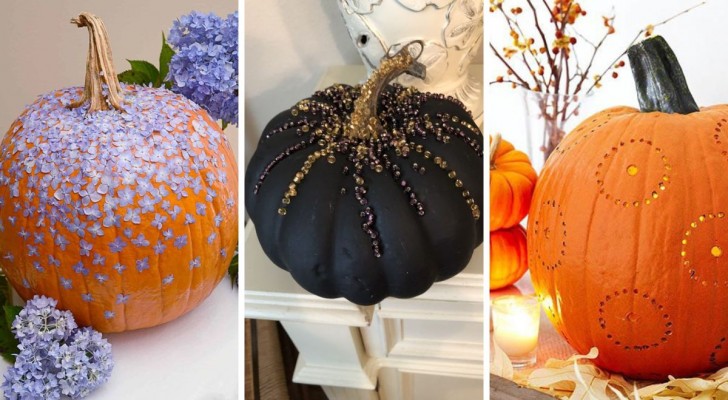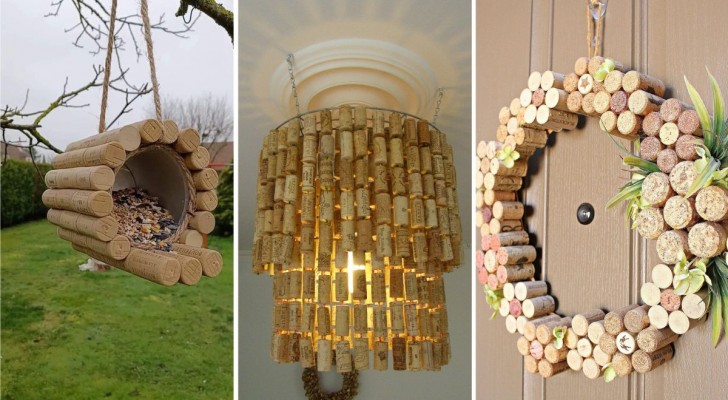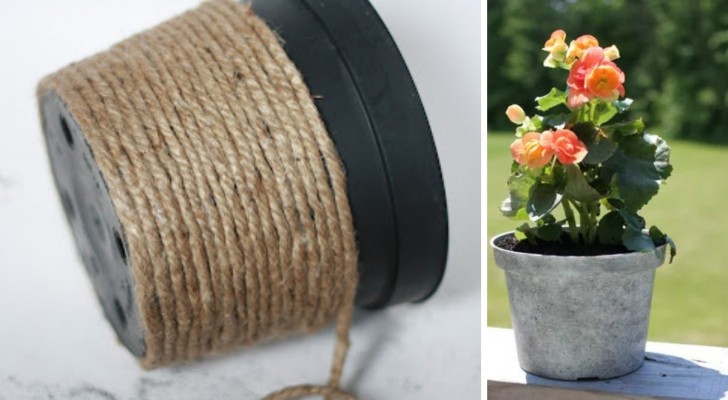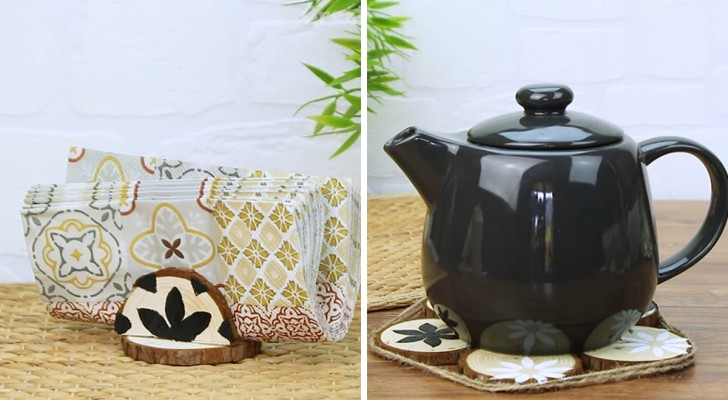DIY to the rescue: 5 things you can do yourself without spending money

There are accessories and products that we use every day. Some of these are totally disposable, but this is less and less compatible with an eco-friendly lifestyle. In fact, even when we resort to using materials derived from renewable sources and which are easily recyclable or compostable, garbage is produced that, sometimes, we could avoid creating. And by doing so, we would also save some money, since we no longer have to stock up on them more frequently from the supermarket.
From the most common cleaning accessories to mouthwash, discover five things you could think about DIYing at home instead of having to buy them new each and every time.
Dishwashing sponges

Tutorial via arosetintedworld.co.uk
Resistant fabrics such as cotton can used, and also old sheets for the "colored" part. To fill them and give them a little thickness - so that they can soak up the soap and water necessary for washing - old towels are mostly used for this (i.e. towels that are now a little worn or faded from a lot of use and washes. You could also use an old flannel sheet or shirt.
For the side that has to scrub the dirt off, you can still use old towels, but you can also use jute or similar coarse fabrics.
And then it's just a matter of cutting out many squares, sewing the various layers together, leaving a small opening to be used to extract the padding and wash your sponges out even better.
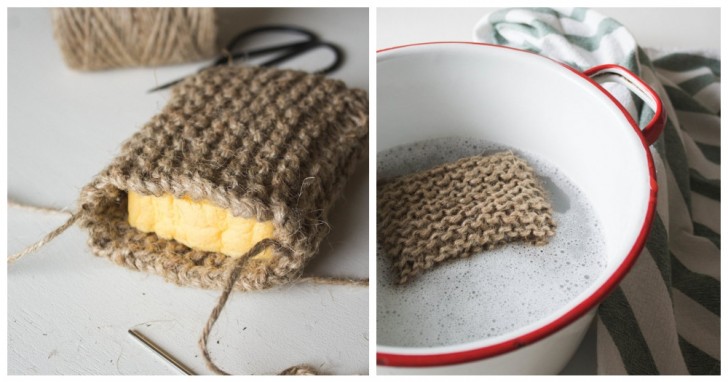
Tutorial via cashmereandplaid.com
For a much more abrasive sponge, you can resort to using crochet or knitting, working a wrap of rough rope or twine, and inserting a natural sponge inside. This is a really simple job for those who have a minimum of familiarity with these techniques.
Waxed cloth instead of cling film

Tutorial via littleyellowwheelbarrow.com
Instead of consuming tons of transparent plastic or aluminum sheet to cover food (there are foods that should never come into contact with aluminum, including tomatoes!), you can invest in fabric scraps that have been waxed. You can find these in shops, but using a 100% cotton fabric (that runs no risk of fragmenting), beeswax and an iron, you can prepare these at home in any size and pattern that you want.
These waxed fabric pieces are a great alternative to using clingfilm or aluminum sheet and they are also often beautiful and cheaper.
Reusable wipes instead of kitchen paper
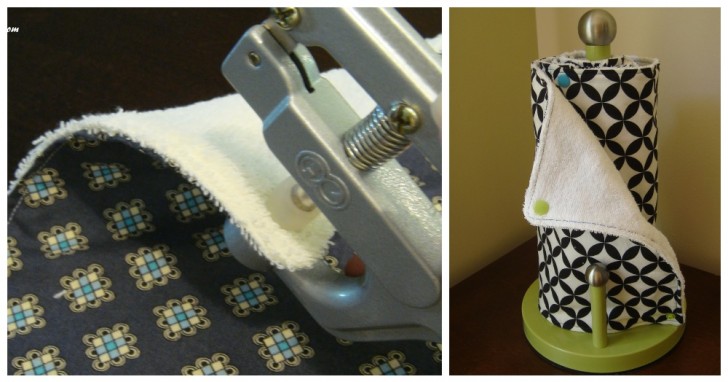
Rolls of kitchen paper (like Scottex) are always very useful - not only in the kitchen where we prepare our food, but also in most the others (to wipe up spills, for example). Convenient and quick to use, we always end up consuming these paper kitchen towels very quickly.
So, why not sew scraps of fabric onto others, of the same size, made from old towels? By joining each square with the following one by means of clips or press studs (snaps), we can easily take one piece at a time, use it and then wash it. A single roll will last much longer than many other disposables.
Cotton disks
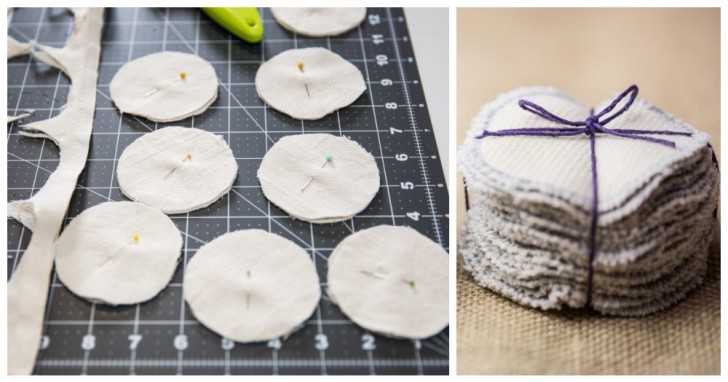
Tutorial via lovemadehandmade.com
The same approach to the paper kitchen towel roll can be used for make-up remover pads / disks, which are used for facial beauty routines. Having a quality cotton inner layer, each pad will last for months and months. To wash them, use mesh sachets such as those used for washing delicate underwear in the washing machine.
Mouthwash
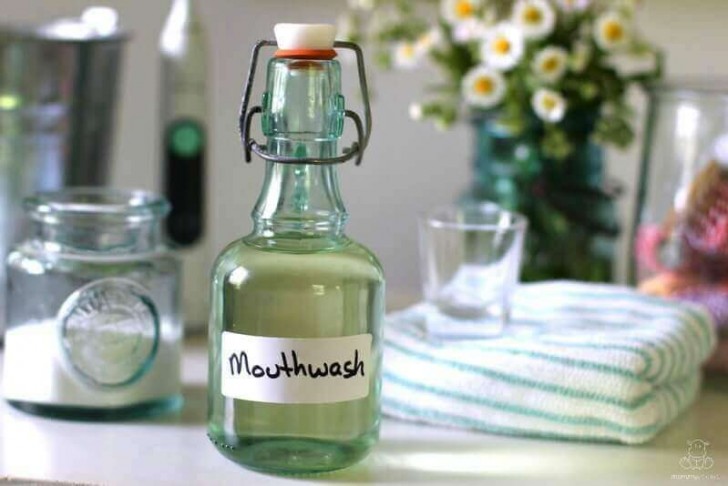
If you want to use a cheaper, but still healthy mouthwash which is free from dyes, alcohol, parabens and more, you can try making your own version. There are many different recipes, and you should always get some information, perhaps even asking your dentist for advice. One that seems pretty popular is peppermint hydrosol (230ml) and stevia tincture (half a teaspoon). Make sure you don't have any allergic reactions to these ingredients if you want to try them.
It certainly takes a bit of effort to make these products for the first time, but once they are ready, they can be reused for so long that they will make a considerable financial saving, as well as protecting the environment.
